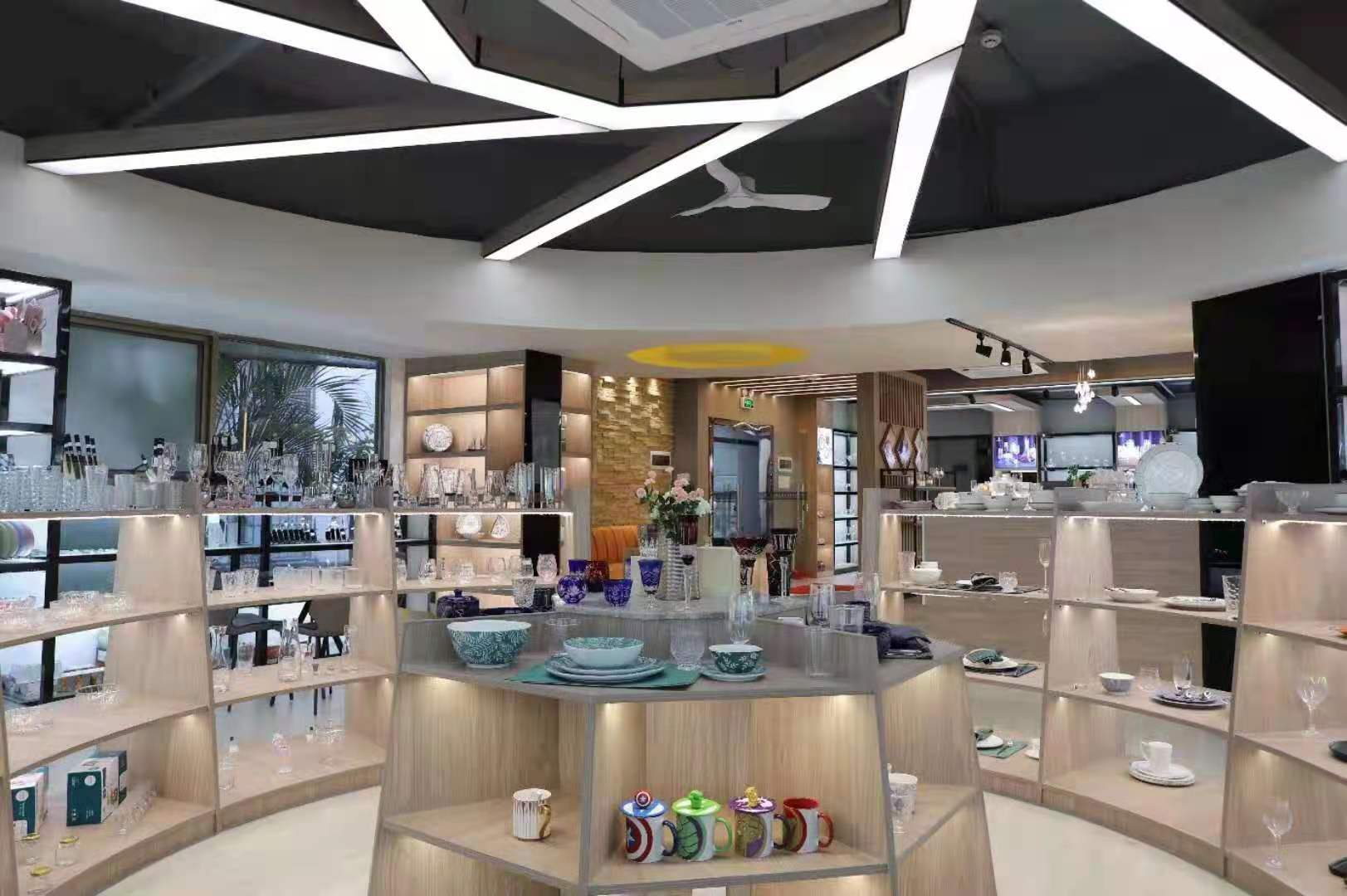Pulished on Jun. 04, 2020
Firstly, practice the clay; secondly, make the blank; put it on the drawing machine to cut the surface to ensure smoothness and engrave the pattern; then it is the glaze; according to the time of glazing, the porcelain can be divided into “under-glaze color” and “over-glaze color” “” and “Glaze in the color” three different types; the last is to burn the kiln, put the porcelain into the sagger and burn it in the kiln for a whole day and night, the temperature is about 1300 degrees.

Here, we show you the detailed process of ceramic production process.
After the glaze raw materials enter the factory, they are selected, elutriated, and the ingredients are weighed according to the production formula, and then the ball is pulverized. After reaching the required fineness, iron is removed and sieved. Then, according to the different molding methods, the machine is molded with a slurry Filtration and dehydration, vacuum slushing, and standby; for the chemical slurry process, the mud is first press-filtered and dehydrated, and then the deflocculant is added to chemical the slurry, iron is removed, and then sieved for standby; the slurry used for grouting is vacuum treated, Become a finished pulp, ready for use.
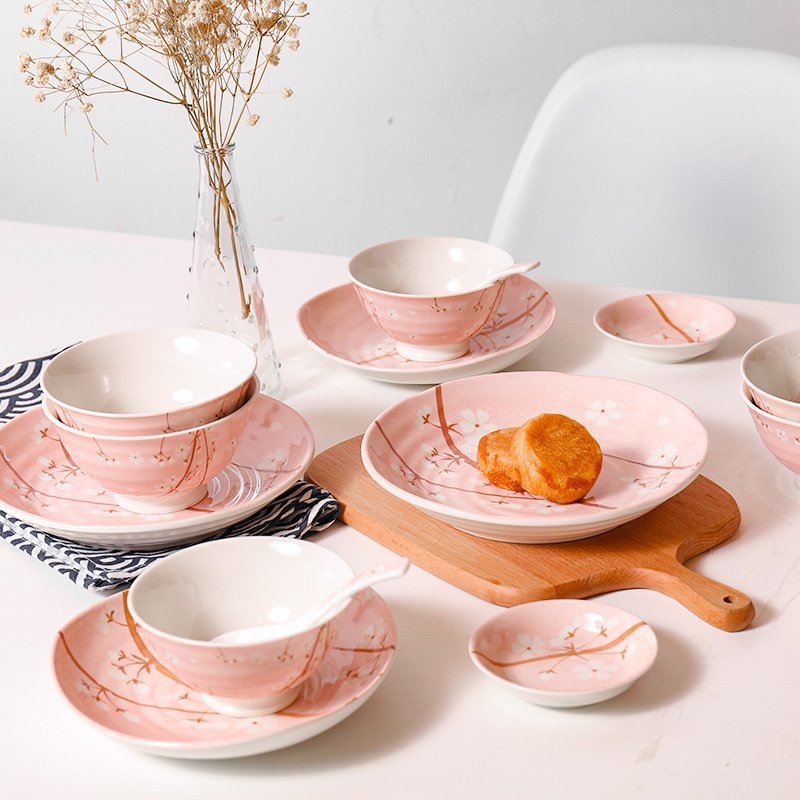
Forming process: divided into roll forming and grouting forming. Then dry, trim and set aside.
Firing process: After the white body is obtained, it is sintered in the kiln, after finishing, glazing, glaze firing, and the white porcelain after being discharged from the kiln is selected to obtain qualified white porcelain.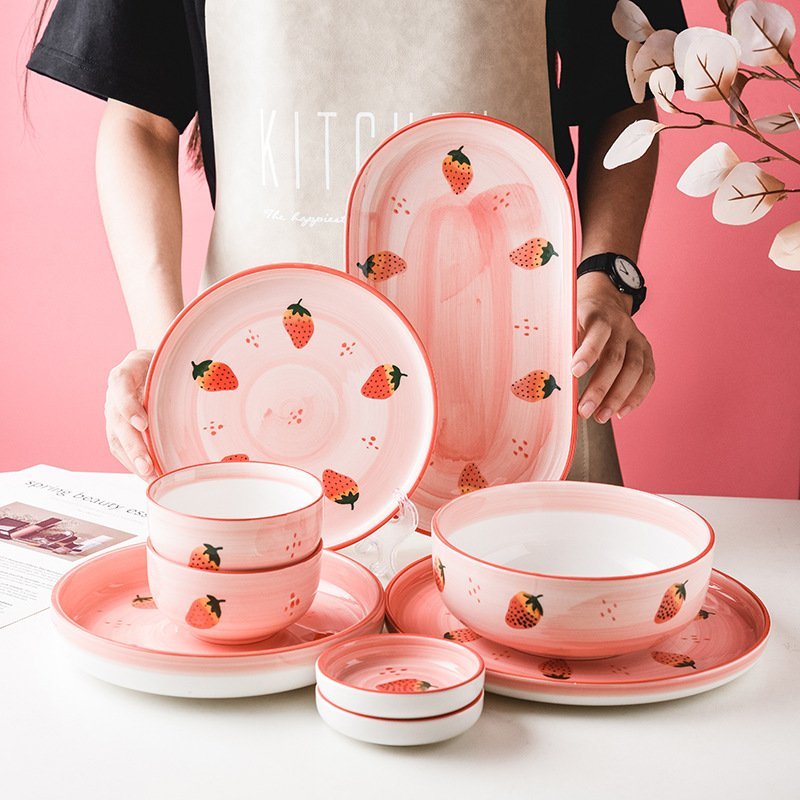
Color baking process: After the qualified white porcelain is appliqued and inlaid with gold, it is barbecued in the baking kiln. After the kiln is opened, the selection of the flower porcelain is performed to obtain the qualified flower porcelain product.
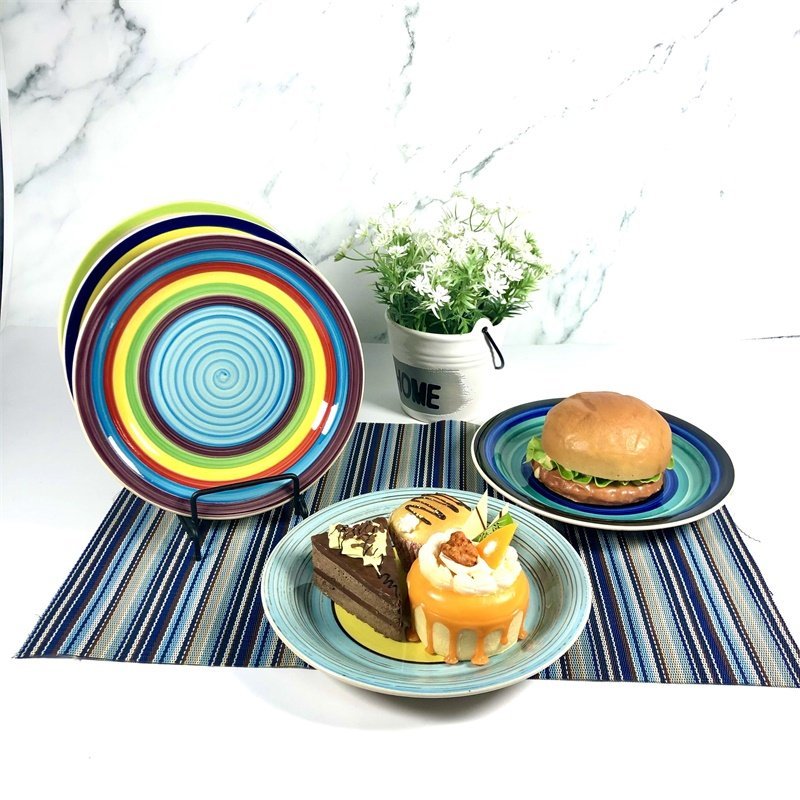
Packaging process: The flower porcelain is packaged according to different matching methods and various requirements to form the company’s final product, which is shipped or stored.
The drying of ceramics is one of the very important processes in the production process of ceramics. A large part of the quality defects of ceramic products are caused by improper drying. Ceramic drying speed, energy saving, high quality, pollution-free, etc. are the basic requirements for drying technology in the new century.
Do you know how to glaze?
Calcined the clay at least once. After this, you can glaze! If you don’t have your own kiln, take care of the porcelain blanks. If you have your own kiln, at the same time make sure you know how to operate it properly and know what your porcelain blanks need.
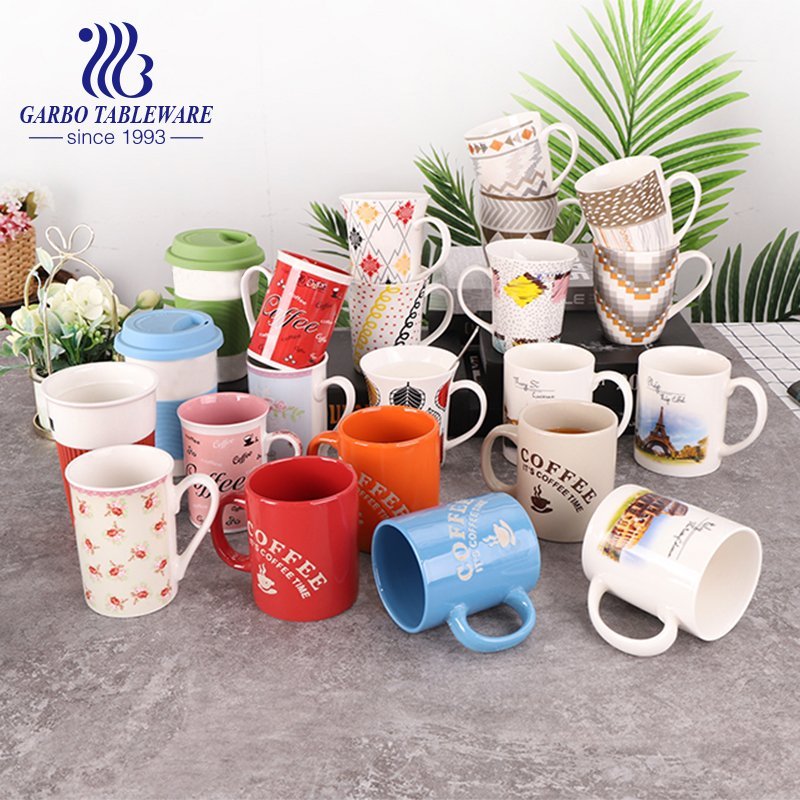
Different clay react differently to heat. Read the instructions on the clay wrappers and check some information on the Internet. At the same time, the size of the porcelain blank must also be considered.
How to choose glaze?
As with other steps, there are numerous options. Each choice will give you a different look.
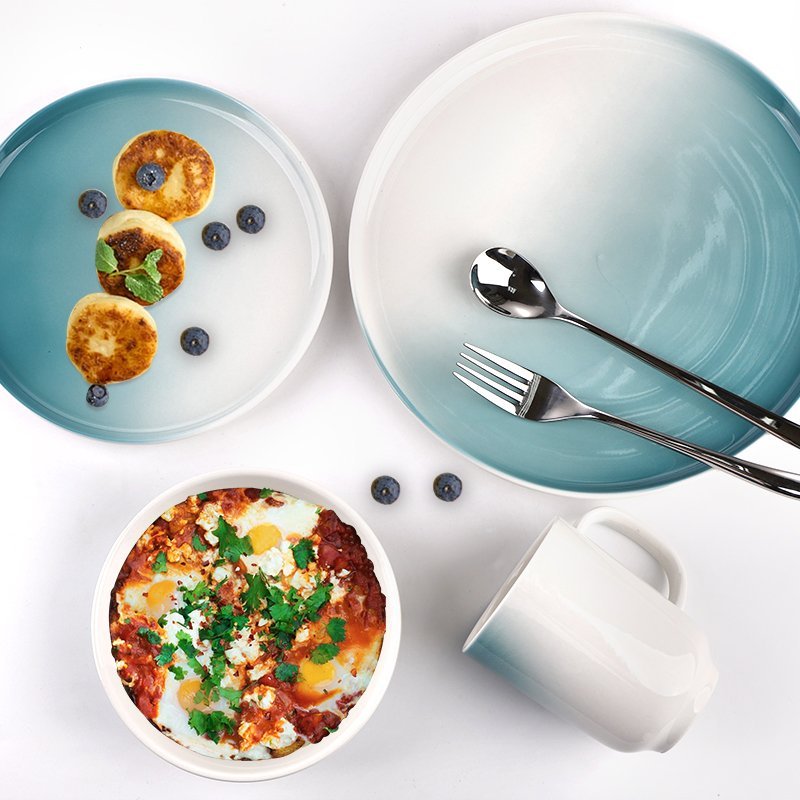
Wet glazing, you can buy commercial glazes and liquid glazes for brushing. You only need a brush when using the glaze. Some glazes are difficult to brush very smoothly, so there may be brush marks. The other glazes will melt enough to cover the brush marks.
Dry glazing: You can buy commercial dry glazes. Dry glazes are usually used for dipping, pouring or spraying. In addition to a brush, you also need a bucket, some water, tools for mixing, and a mask to avoid inhaling dust. The advantage of dipping is that you will get a more uniform glaze layer, and you can also do interesting things that can’t be done with just one brush. For example, double dipping can get different colors on the same porcelain blank. Spraying is usually performed by more senior people because it requires good ventilation, an ejector, a compressor, a compartment, and so on.
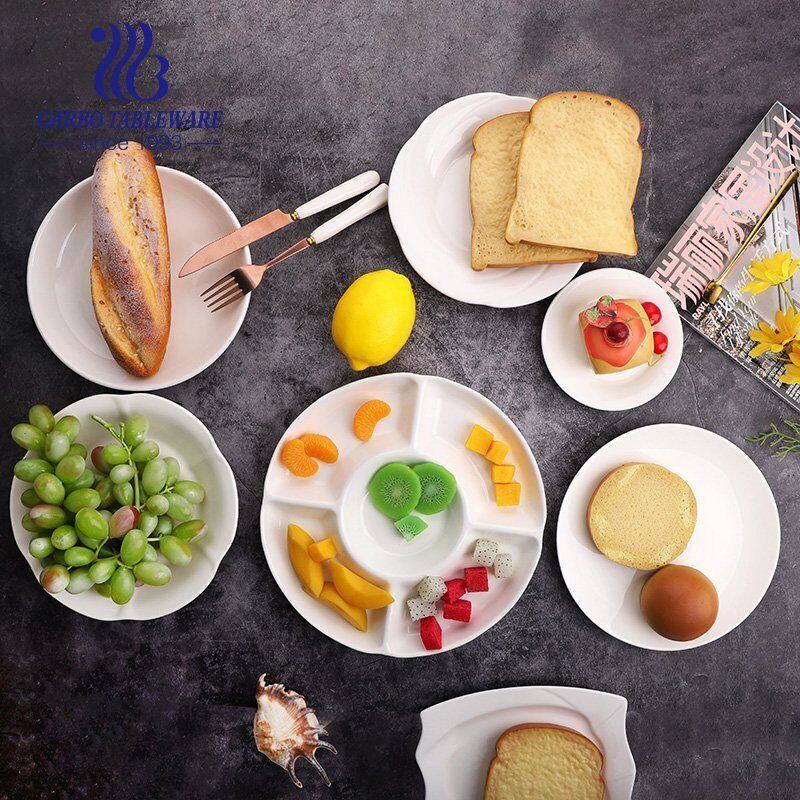
Create your own: This is the highest form of glazing. According to the ingredient list of the glaze, the raw materials are purchased and mixed. In addition to other things, you can also get the list of ingredients you need from books and websites. You also need chemicals that can make up the glaze: a scale, a sieve, and a temperament to experiment. Sometimes your glaze will not be used exactly right. You will have to learn how to fix any problems you may encounter by modifying the glaze, you can do a great job.
